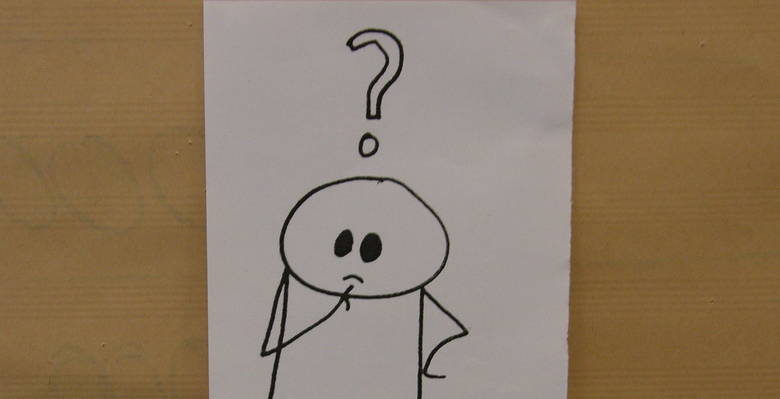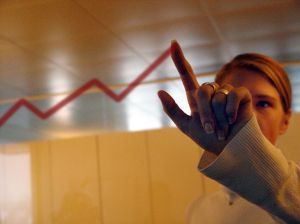This year DANIDA (the Danish International Development Agency) celebrated its 50th anniversary, making it one of the oldest international development agencies in the world. To mark this it held a big pow-wow (sorry, conference) during which a paper entitled “The challenge of, and opportunity for, inclusive and sustainable development‘ (PDF) was presented.
The conference came to the conclusion that global institutions such as the United Nations and G20 had become “ineffective” and that in many countries aid should be phased out in favour of a more commercially orientated partnership approach. These partnerships should be built with “creative disruptors” including private sector business and finance who are willing to make the difference and tackle the challenges which exist.
Reading through the paper it became more and more obvious to me that there are many, many opportunities out there for a business to become a creative disruptor and ensure that its activities build inclusive and sustainable societies. These opportunities exist not just for sector specific companies (infrastructure, extractive industries, etc) but for any business which has a stake in inclusive and sustainable development.
However, in order to do this a business also has to face up to the four fundamental challenges the paper presents and look at how its commercial expectations and timescales can be modified to take advantage of the opportunities identified.
So, without any further ado, here are those four challenges and what business can do to turn them into opportunities.
Challenge 1 : Socio-economic transitions
The 20 years preceding the global crash of 2008 saw a remarkable transfer of wealth from OECD countries to middle and low income ones.
In 1988 both OECD and middle income countries averaged around 16% of their GDP as exports while low income countries averaged around 12%. In 1998 the OECD averaged “only” 25% of their GDP as exports, while the middle income countries had grown to around 35% and low income ones 20%.
However most of this wealth is staying stuck in the highest echelons of the countries’ societies and is not trickling down to the population in general. This fast rising social inequality has been fingered by the World Economic Forum as the biggest risk to the global economy.
There are steps businesses could take to try and relieve this social inequality. The first is to ensure that wages in its subsidiaries and supply chains are fair without executives taking an excessive proportion of profits.
The second is to eschew any form of corruption. Cash handouts are often the oil which drives business machinery and while the vast majority of businesses don’t indulge directly, some stay discreetly quiet about how their agents have managed to land certain contracts.
Challenge 2 : Persistent Poverty
Since 1990 global poverty has undoubtedly fallen. The World Bank estimates that no region of the world has over 50% of its population living in absolute poverty (less than $1.25/day) any more, with reductions of 50% in Sub-Saharan Africa and India and over 80% in China expected by 2015.
However, the proportion of those living in absolute poverty has shifted from low income countries to medium income ones. Nearly 71% of the chronically poor now live in middle income countries, a trend which appears to be largely down to growth in GDP coming about without a commensurate increase in domestic jobs or markets. Furthermore, this is regardless of whether those in absolute poverty are living in urban or rural areas.
The key aspect for business is to actively seek to create jobs and use local suppliers. This links in with Human Security in Part Two and will ensure the company has a genuinely positive effect upon not only a country’s overall economy but the lives of those living close to its operations as well.
(The second and final part of this post can be read here)
Picture Credit: Inclusive growth + green economy = ? by CIDSE under CC Attribution License trimmed by Chris Milton.
Lucy is Editor at Corporate Eye


